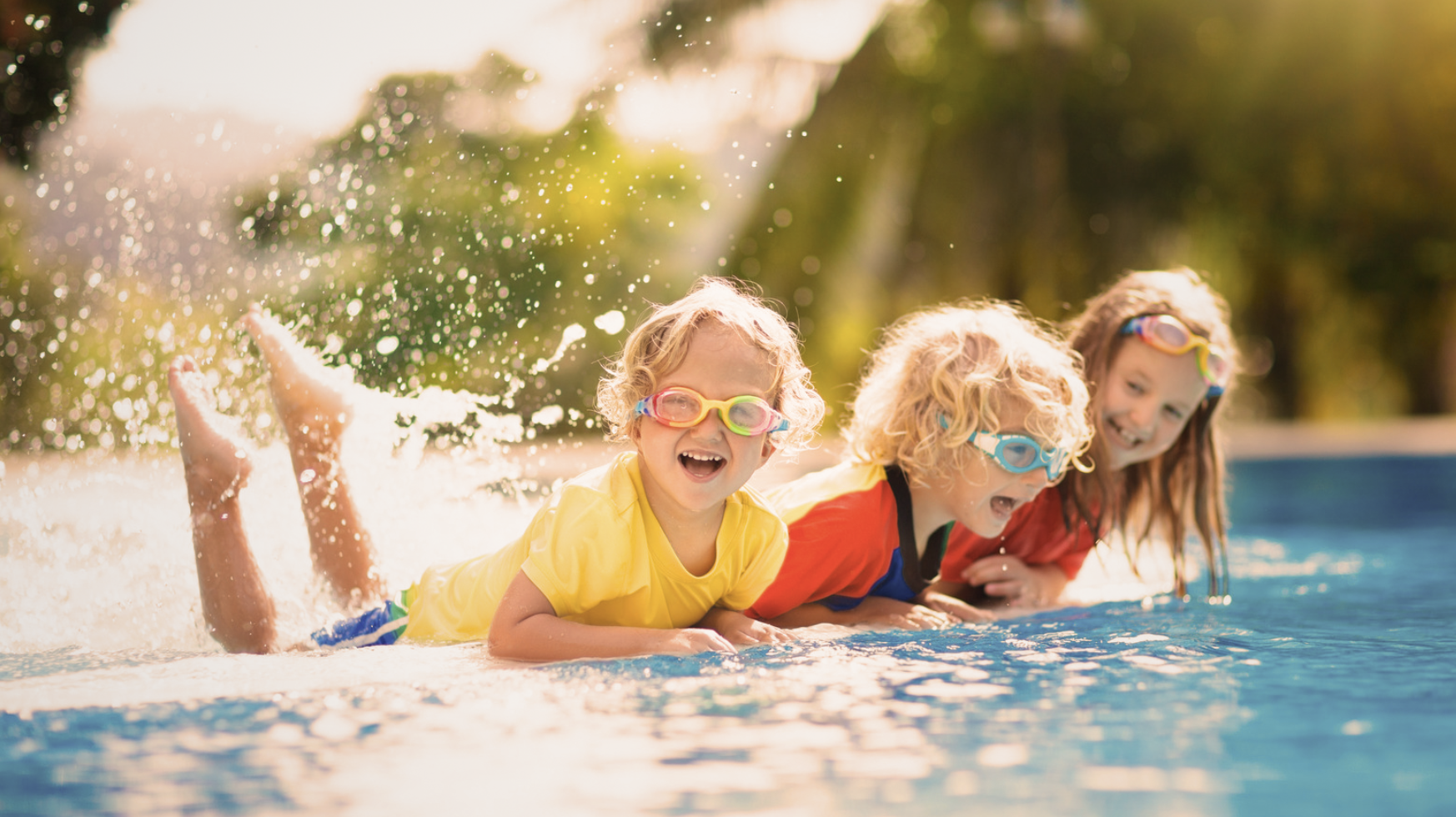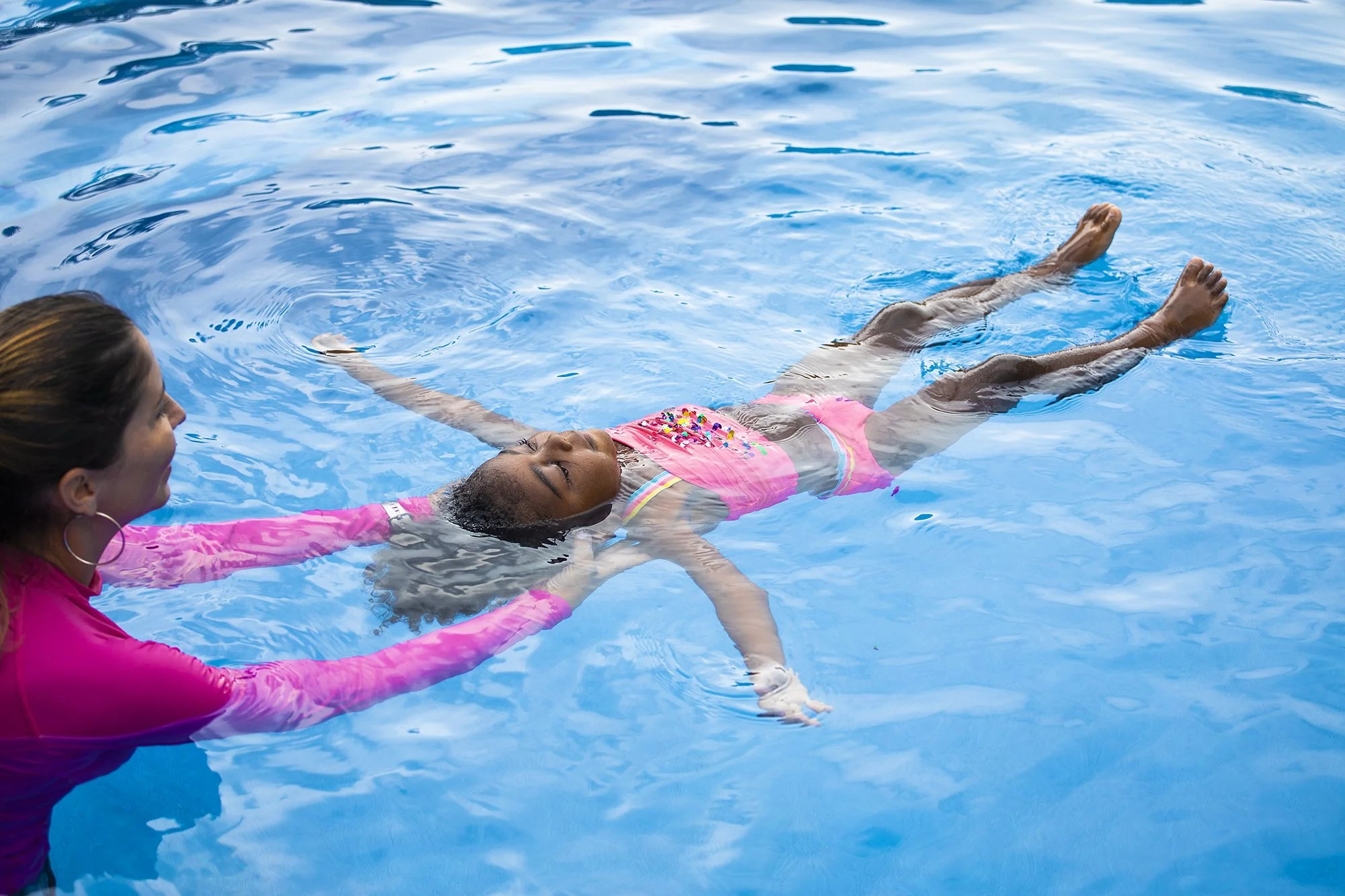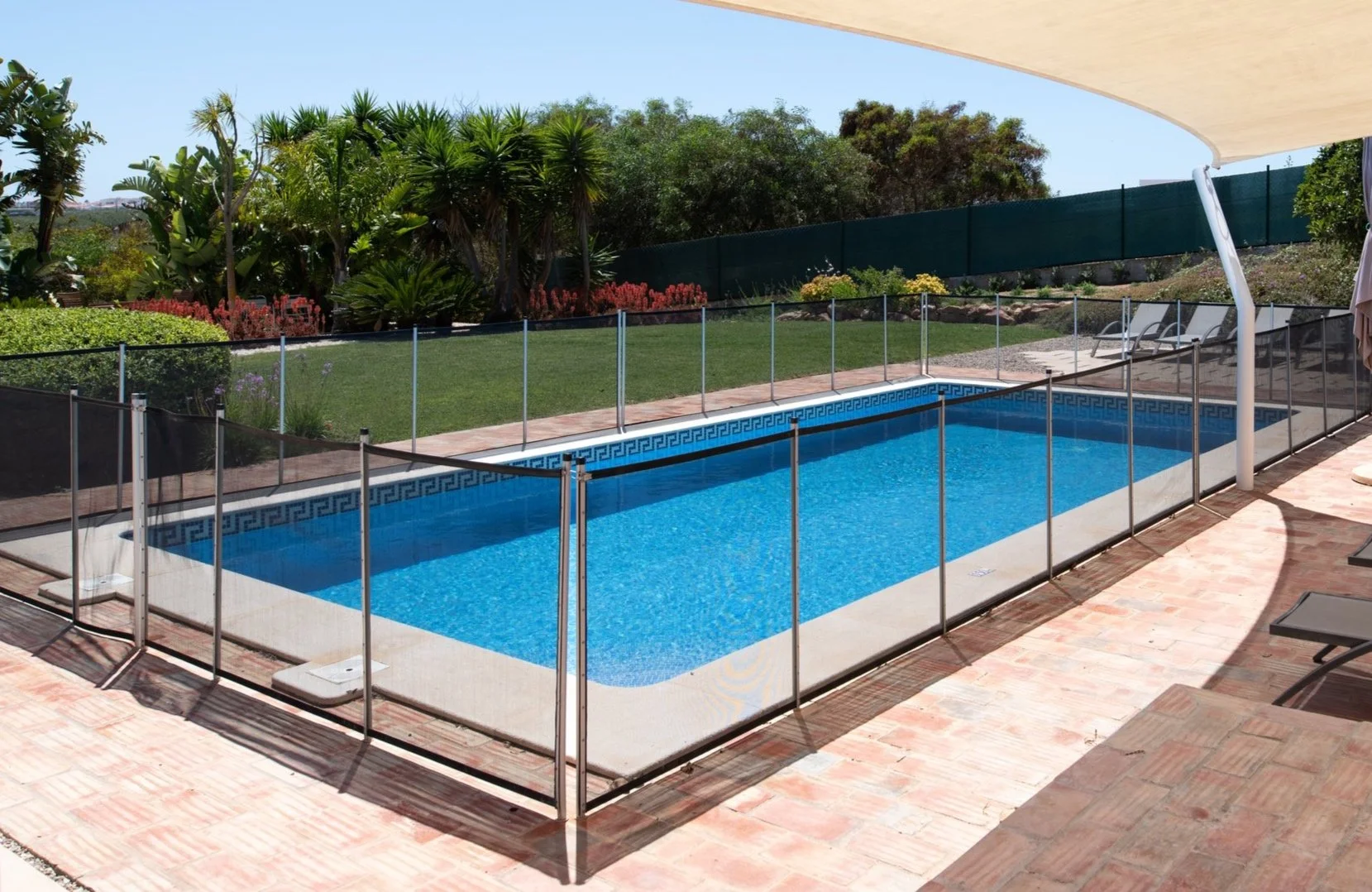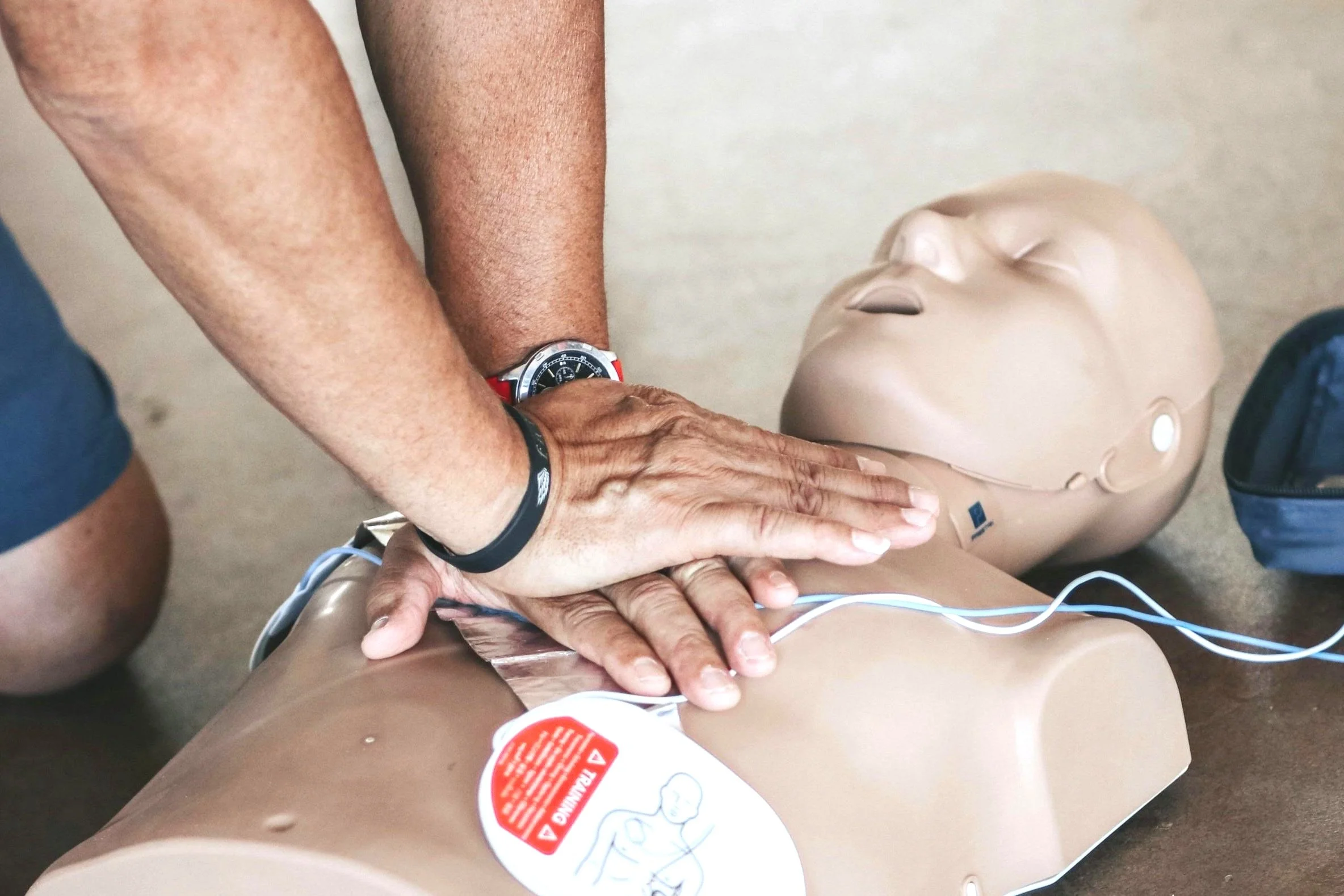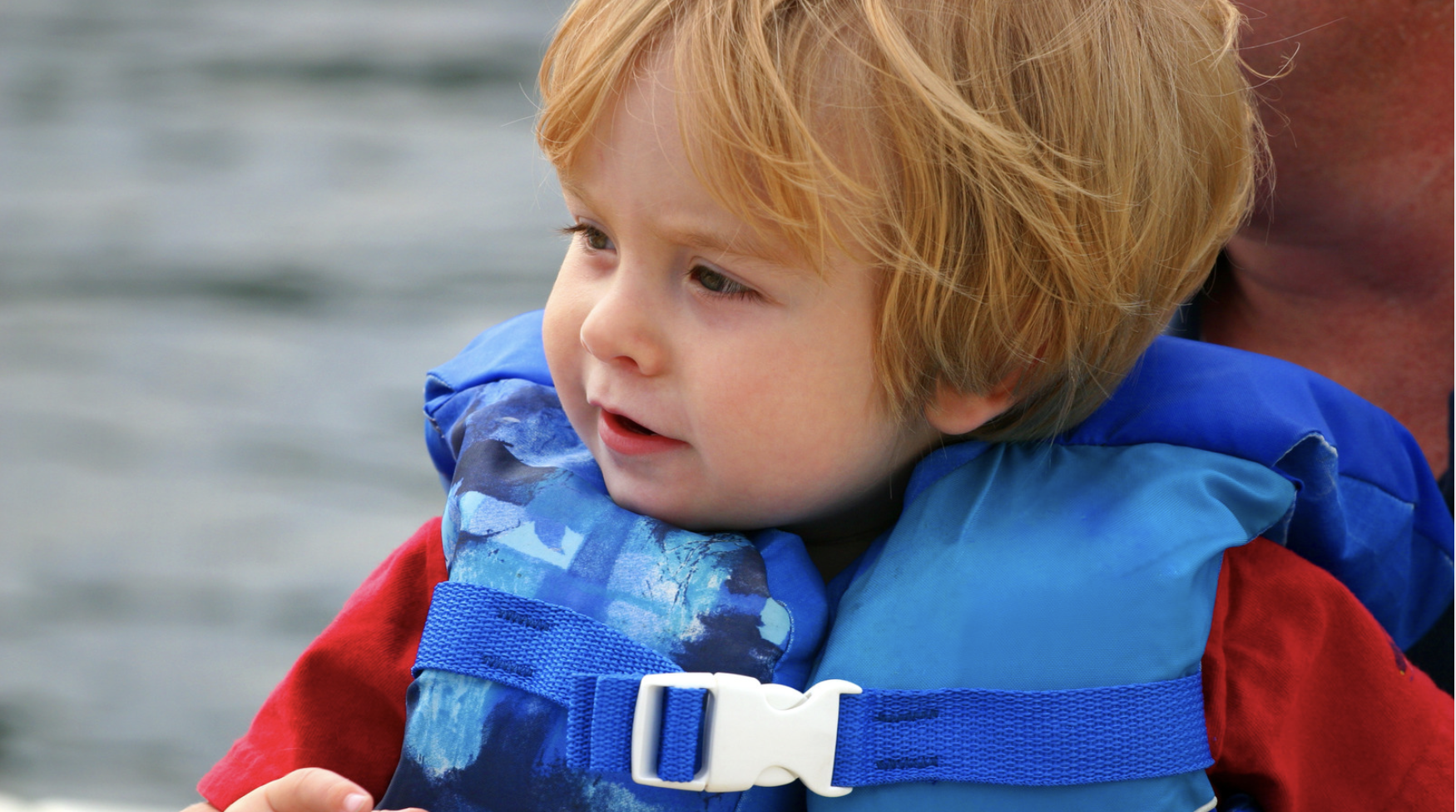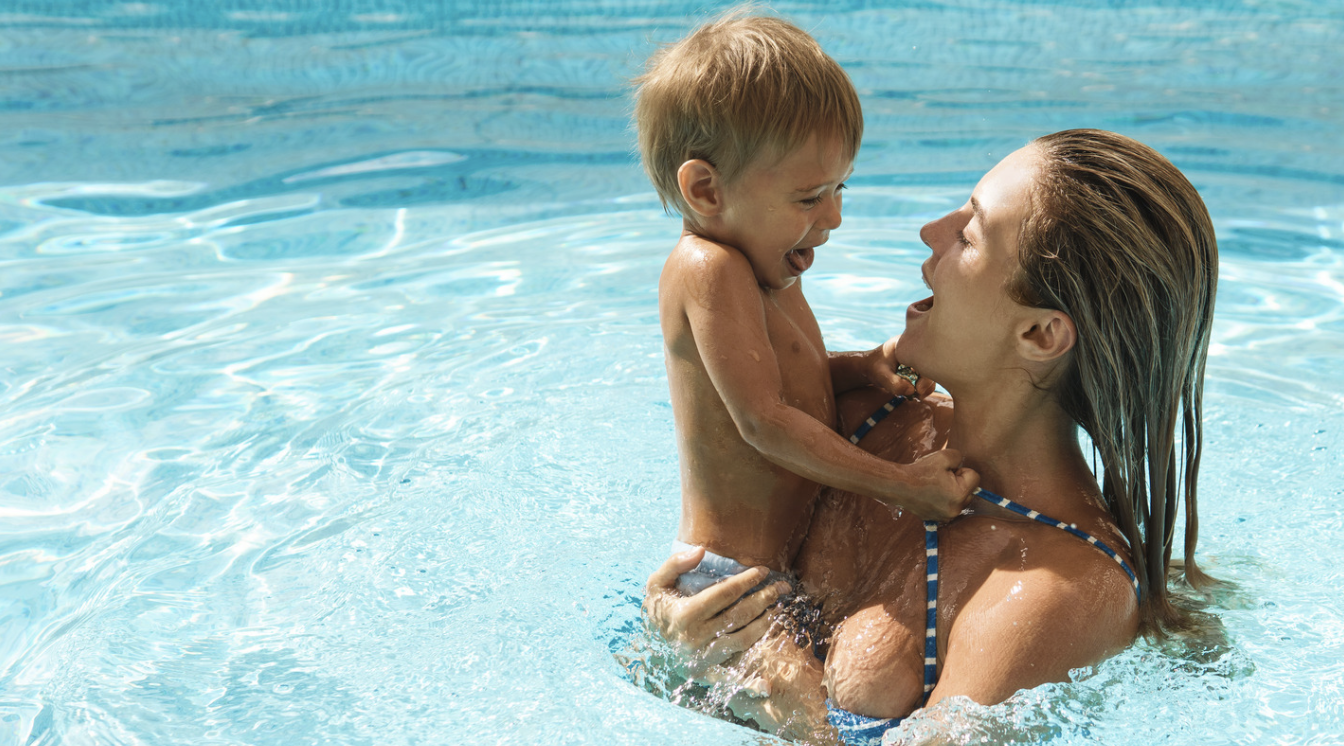Sunset Swims and Safety Tips:
Enjoying Summer Fun Without Sacrificing Safety
We doubt we are alone in our love-hate relationship with the beginning of Day Light Savings Time. The dreaded March weekend when we spring forward and lose a precious hour of sleep, inevitability sets our well-balanced schedules off kilter. Our kids refuse to go to sleep when it’s still light outside then they are impossible to wake up in the dark mornings that feel like the middle of the night for at least a week or two. Nonetheless, the longer hours of sunlight boost our moods and get us dreaming about the lazy days of summer ahead, even if the temperature is still playing its fickle games.
The promises of summer sun and fun just around the corner suggest another love-hate relationship formed in the warmer months: our time spent in aquatic activities. Nothing is more fun than a day at the beach or a festive pool party in our neighbor’s backyard. We plan and save all year for blessed family outings and vacations where water activities are at the center of our days. But sadly, these aquatic adventures, designed to bring families together and build lasting memories, all too often lead to the most horrific tragedies.
Drowning is the leading cause of death among children aged one to four, a sobering statistic from the U.S. Centers for Disease Control and Prevention. And the CDC estimates that for every one fatality, eight more children are seen in the emergency room for a non-fatal drowning incident that can result in anything from a tiring afternoon of tests to years of around-the-clock care for traumatic brain injuries. I know it’s hard to think about such things, but these statistics underscore the urgent need for all of us to think differently about how we approach aquatic activities and to develop comprehensive water safety measures.
To safeguard our youngest and most vulnerable, a multi-layered approach to water safety is not just beneficial, it is essential. Let’s delve into the crucial layers of protection every family should incorporate to ensure water activities remain fun, memorable, and, most importantly, safe by remembering A-Q-U-A-T-I-C-S.
Adult Supervision
Though we all do our best to keep our eyes constantly on our children, we also know how quickly they can get into trouble. Nothing can replace supervision as the first and most important layer of defense. Water safety starts with an adult’s undivided attention anytime children are in or near water. We live in a world full of distractions, but it is paramount to eliminate as many as possible when water is around. No phones, no screens, no runs to the kitchen to fetch a cold one. Most drownings happen in residential pools, so vigilant watchfulness must always be in place.
Quality Swim Lessons
Swimming is not just a recreational activity but a vital survival skill. Formal swimming lessons dramatically reduce the risk of drowning and should be a rite of passage for every child. Encouraging family-wide swim lessons not only bolsters safety but also strengthens familial bonds through shared learning experiences. But know that all swimming lessons are not created equal. Parent and Tot classes that strive to make a child comfortable in the water can backfire when a child is more apt to find their way into a body of water before they know how to safely navigate the aquatic environment. Children as young as 6 months old can learn how to roll onto their back and maintain a floating position. It’s important to teach survival skills before focusing on the thrills of playing in the water. Do your research to find the best fit for your family.
Use A Water Watcher
When at a pool party or family gathering, it is imperative to designate an adult to be the Water Watcher. During the WW’s shift, they are required to stay hyper-focused with no phones, no books, no alcohol, and no distractions. Adults should take turns with this responsibility when possible. It is also advisable to wear a Water Watcher lanyard or other clear designator. Remember IF EVERYONE IS WATCHING, NO ONE IS WATCHING.
Pictured above: mesh, four-sided pool fence surrounding a swimming pool. A four-sided pool fence decreases the risk of a child drowning by 83% compared an only having a fence surrounding the yard, but not separating the pool from the house.
Apply Various Barriers
Physical barriers, such as gates, fences, and alarms on doors and windows, act as the next line of defense when supervision falters. High locks and the strategic placement of furniture and toys further reinforce these barriers, minimizing the risk of a child gaining unsolicited access to the pool. These measures are only effective if properly used. Be sure that installation is complete and professional and that gates have self-closing latches.
In the event of an emergency, knowing how to perform CPR could save a life.
Teach Emergency Preparedness
Being prepared for emergencies, with a phone ready to call 911 and knowledge of CPR and First Aid, is indispensable. In the critical moments following an accident, these skills can mean the difference between life and death. Knowing the basics of CPR can make all the difference when seconds count.
Initiate a Family Action Plan
We talk about making a family plan for earthquakes and fires, but what about establishing a clear plan if an aquatic accident happens? Be sure that older children know the importance of supervision and how to operate the pool fence and alarms. Make sure all children know they must ask an adult before ever entering the water. Educate about how to exit a pool as well as the dangers of drains and pipes. Coast Guard-approved Life Jackets
Whenever a child is near or in open water, they should wear a well-fitted, Coast Guard-approved life jacket.
Coast Guard-approved Life Jackets
In open waters or when boating, lifejackets are a non-negotiable safeguard. Properly fitted, Coast Guard-approved lifejackets should be worn by children and adults alike, serving as a critical safety layer, regardless of how skilled a swimmer the individual is.
NOTE ABOUT FLOATIES: The use of these flotation devices in recreational pool environments is dangerous. They provide a false sense of security for children and parents, who rely on them to keep them afloat. If the flotation device is removed for any reason, and the child gains access to the water, the risk of drowning is very high due to their false confidence in the water.
Safety Always Comes First
Water is fun. It’s great exercise. It brings people together. But there is no denying its inherent danger. If you cannot provide the appropriate supervision, preparedness, instruction, and care needed to keep your children safe around water, then choose another activity. There are plenty of ways to have fun and enjoy the sun without putting our precious treasures at risk.
This layered approach to water safety combines vigilance, education, physical prevention, emergency preparedness, skill development, and the use of life-saving devices to create a comprehensive defense against the risk of drowning. By embracing these measures, families can enjoy water-related activities with peace of mind, knowing they are doing everything possible to protect their loved ones. Please know that we join hands with every parent, caregiver, and community member in the shared mission to prevent drowning. Together, we can ensure that water remains a source of joy, adventure, and cherished memories for our children. Happy Spring!


